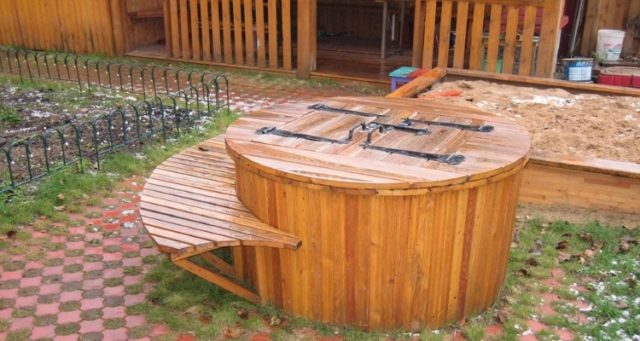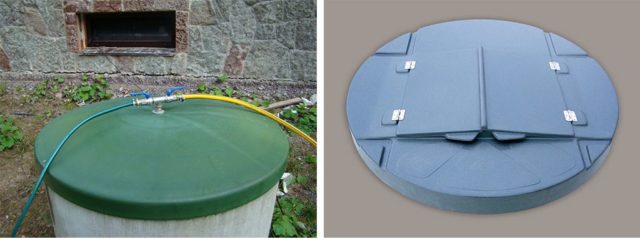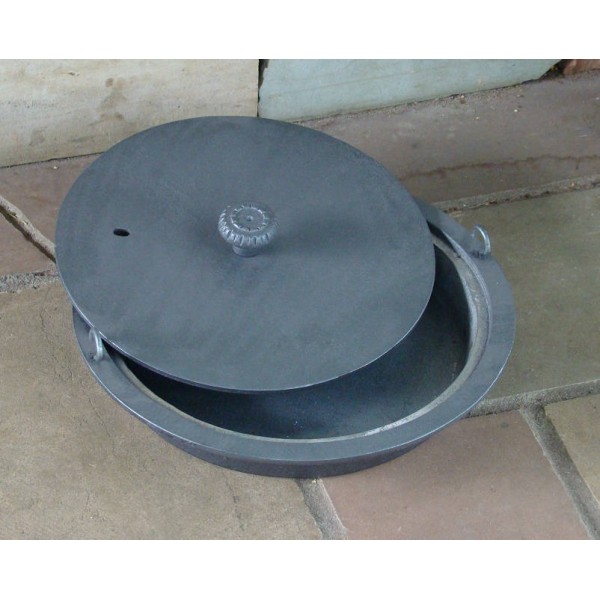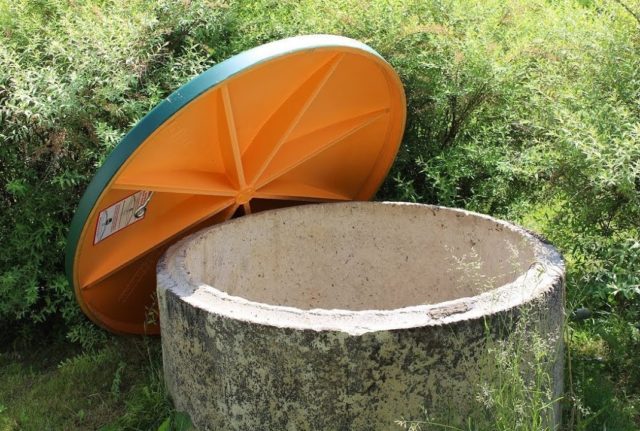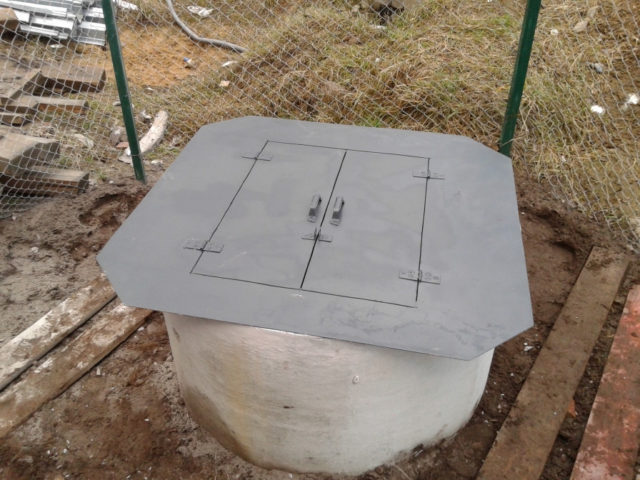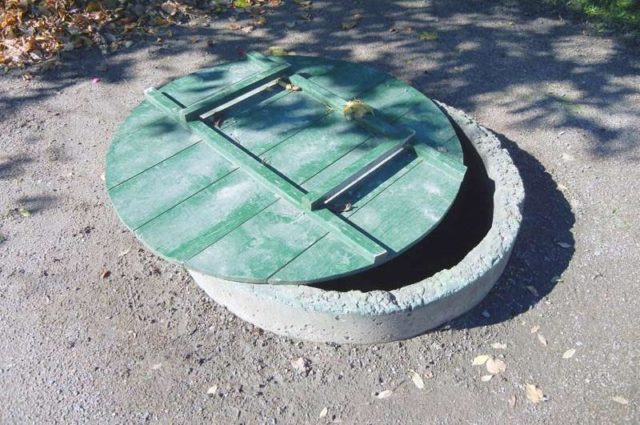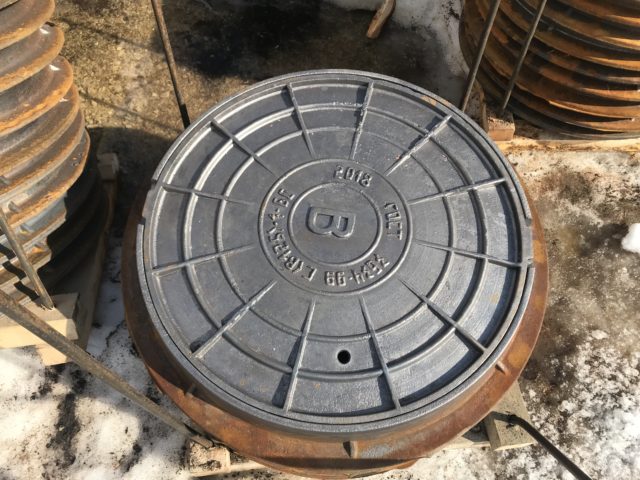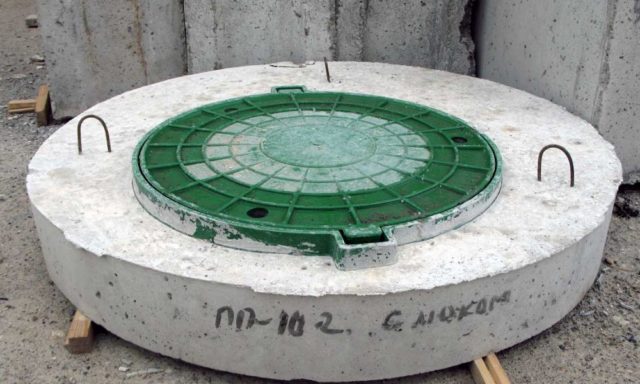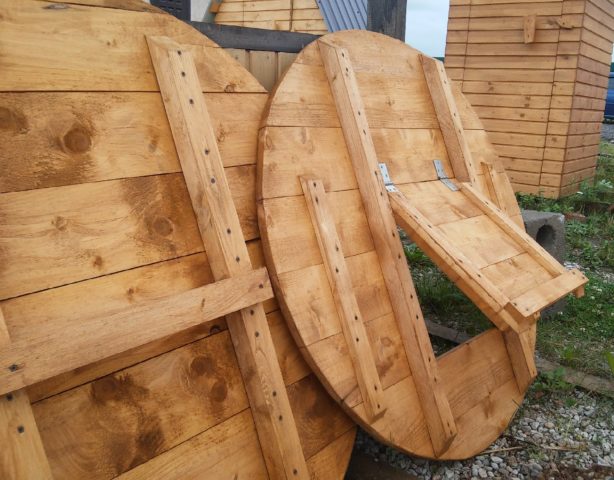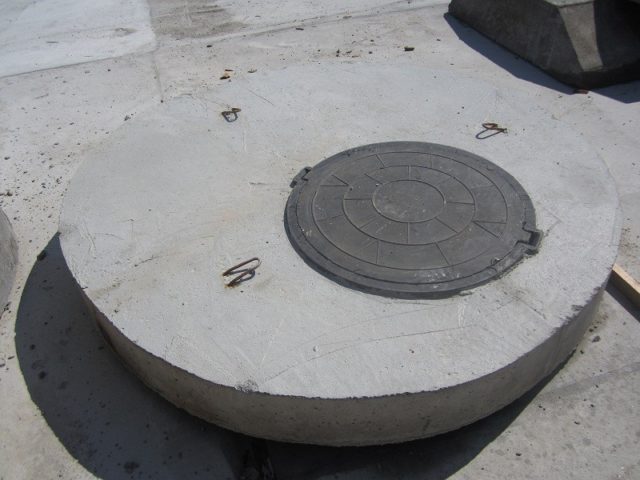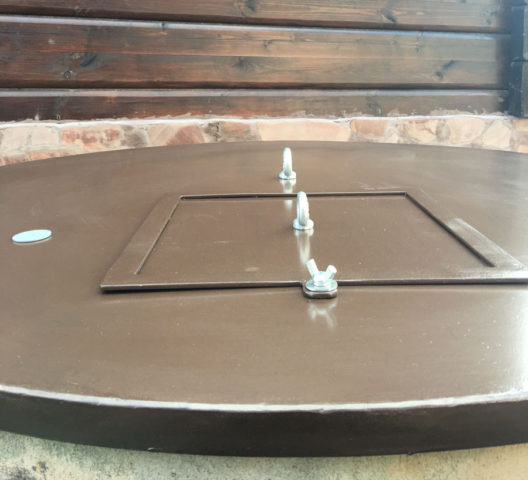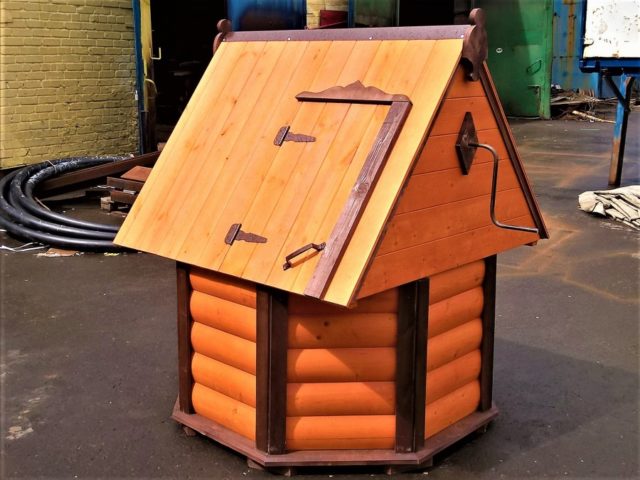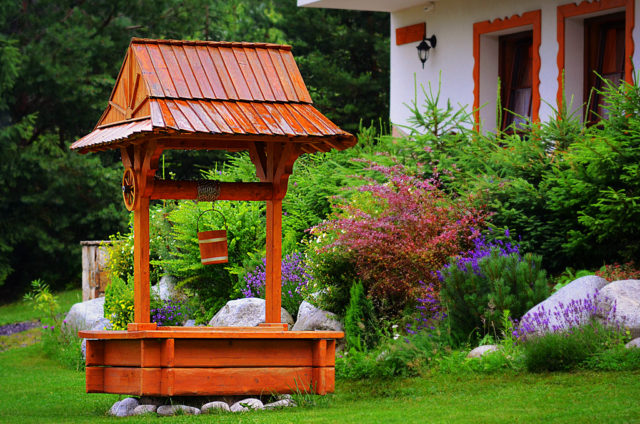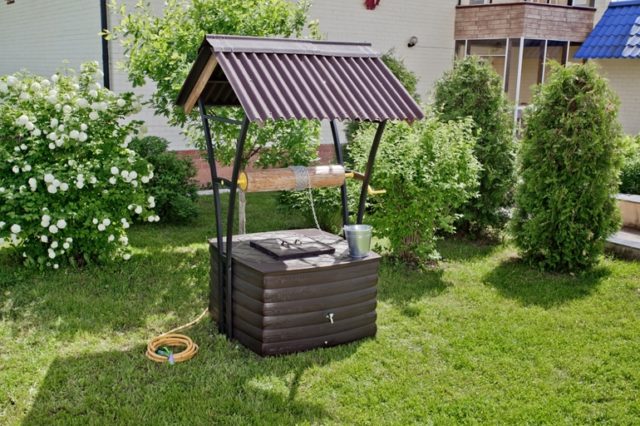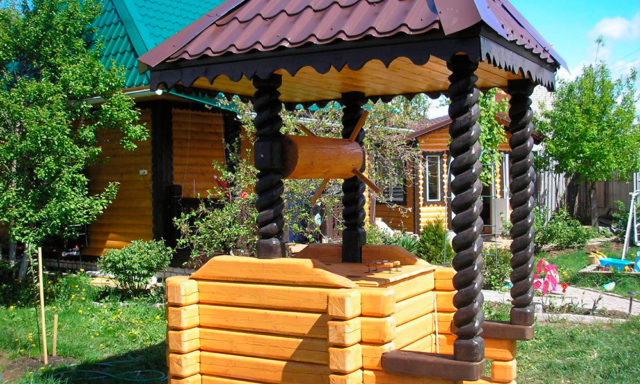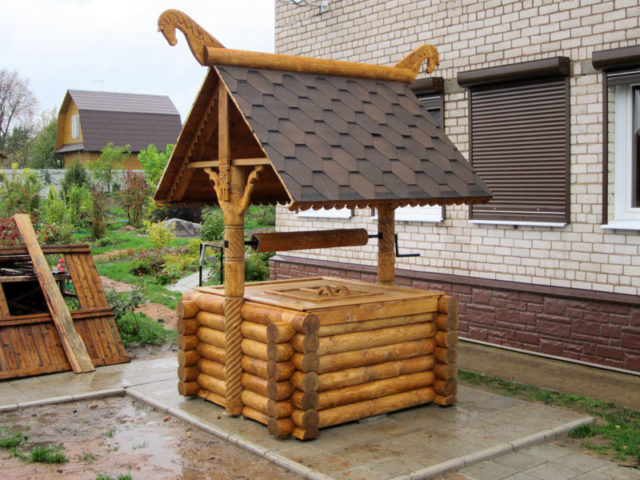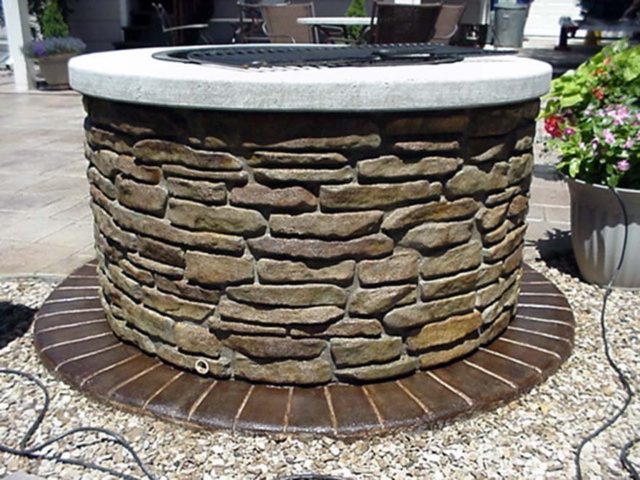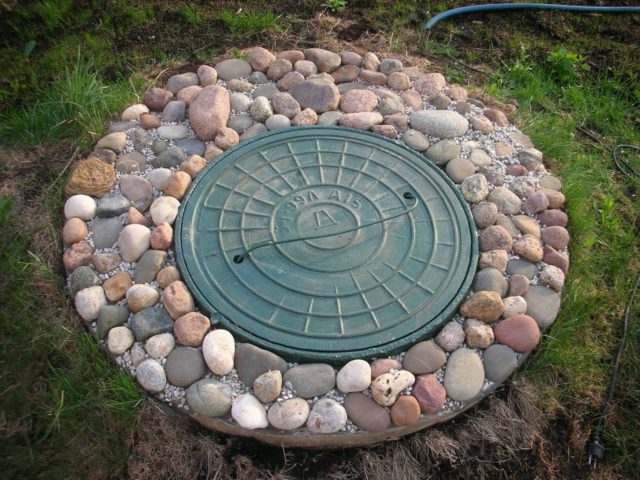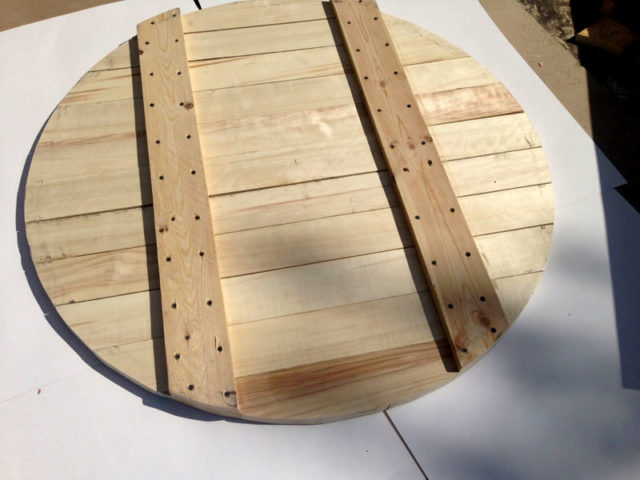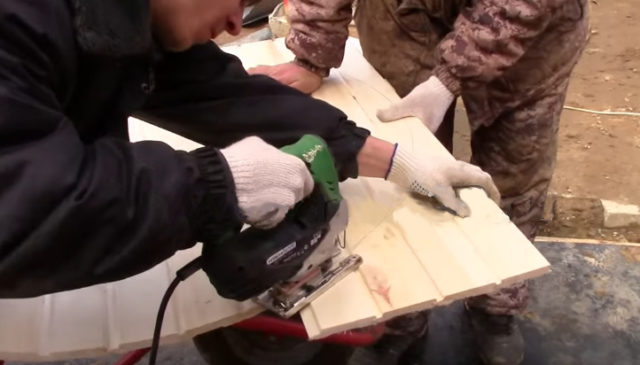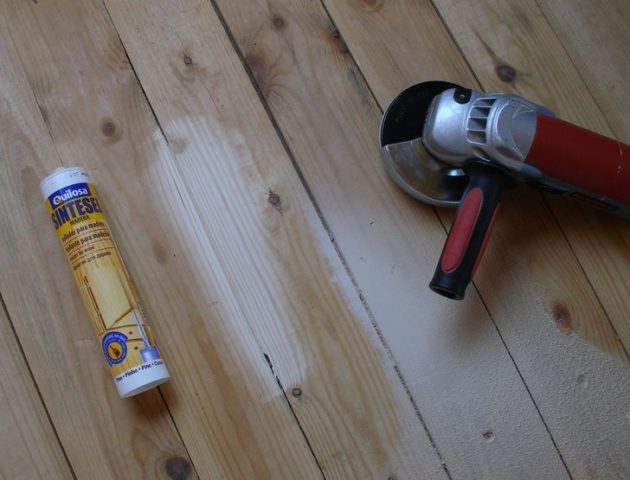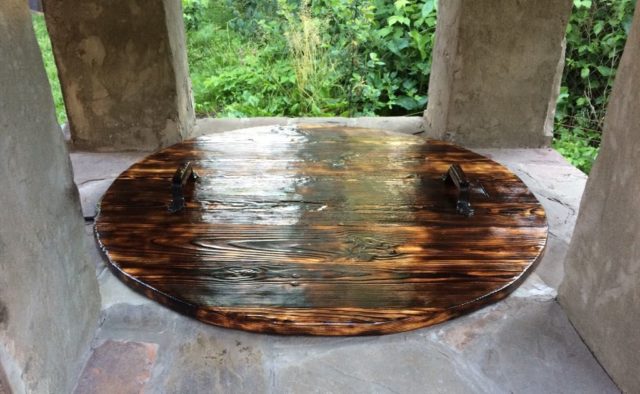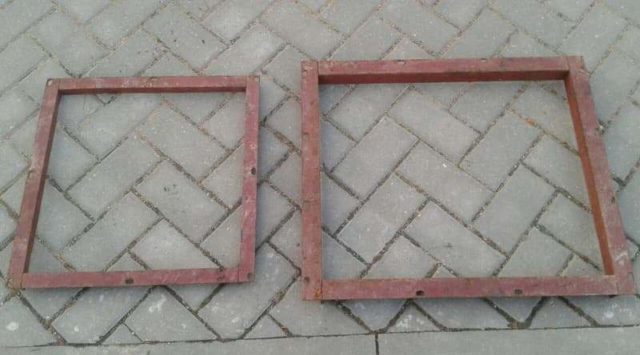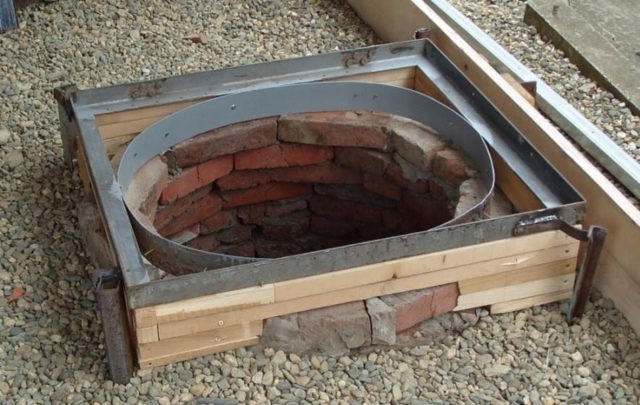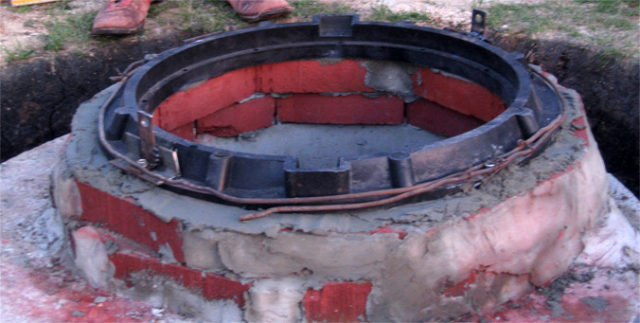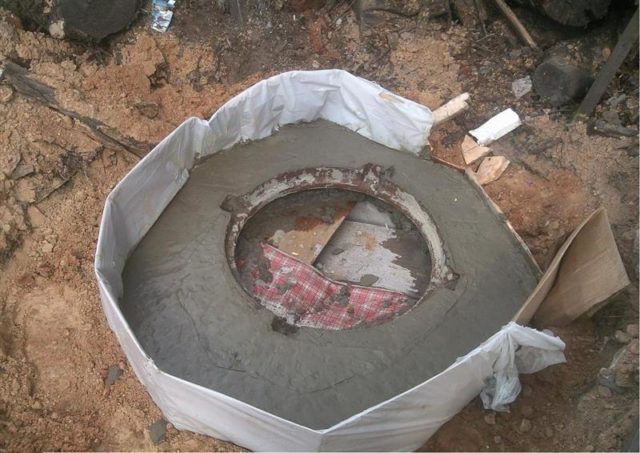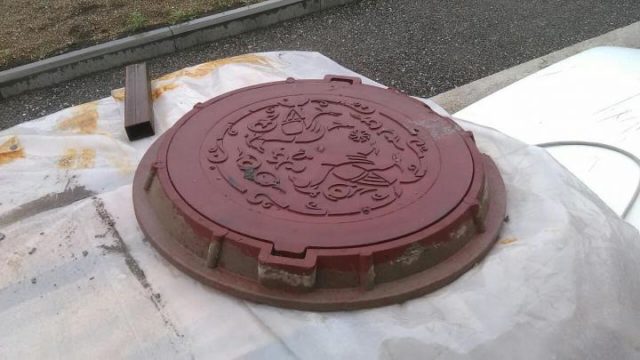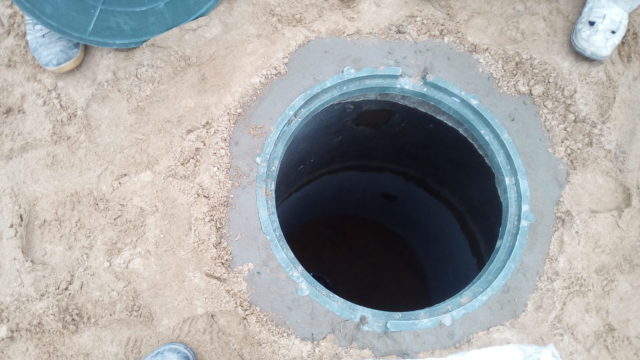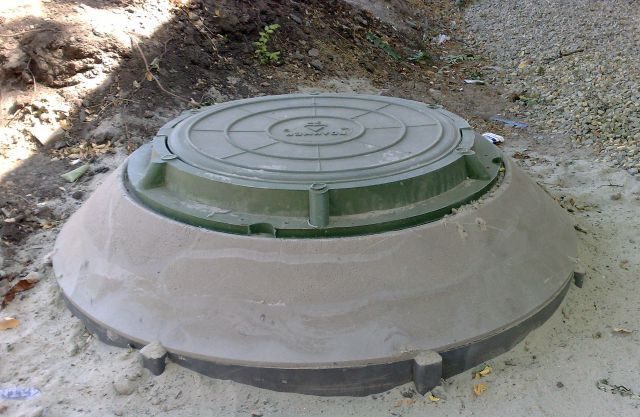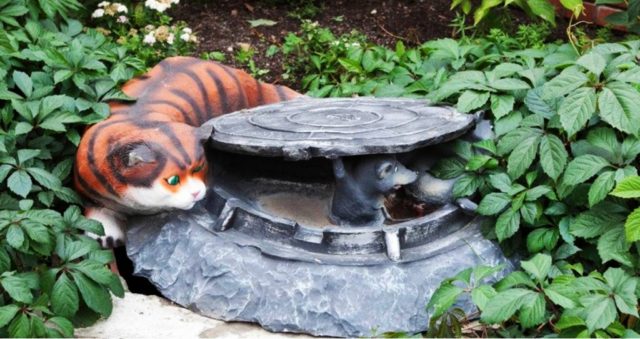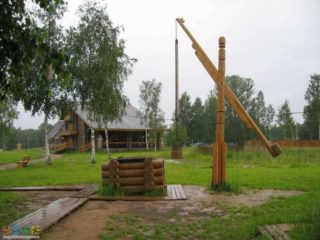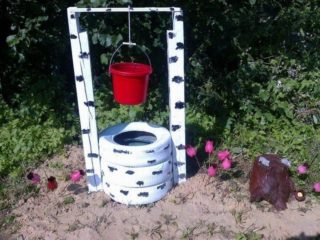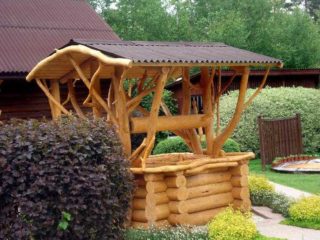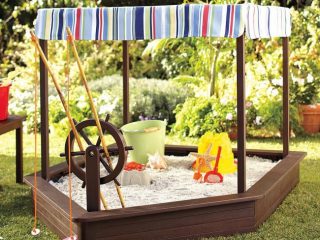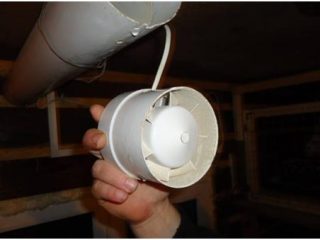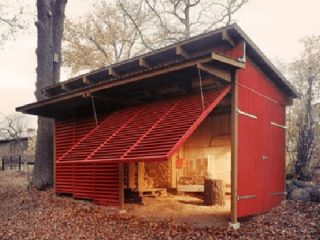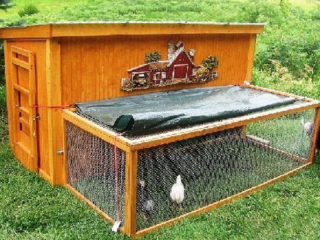Content
The presence of a well on a personal plot allows you to solve a number of household needs. This is not only a source of clean drinking water, but also a decorative element that fits organically into the landscape design. But you shouldn’t leave it open; the water may become contaminated and become unfit for consumption. The most common design option is a house built on top of a hydraulic structure. But there is another popular method of shelter - a do-it-yourself well cover, which every owner can make, adhering to a certain algorithm of actions.
Features of making a well cover
A decorative cover for a well, made by yourself, must have high strength characteristics and be resistant to high humidity and adverse environmental factors.This attribute of a private hydraulic structure is necessary to perform the following tasks:
- Do not allow fallen leaves, various types of debris, or dirt to get into the mine.
- Prevent the penetration of ultraviolet rays, which favor the active growth of aquatic vegetation.
- Keep warm, which is especially important in winter, when there is a high probability of water freezing. If there is a cover on the well, the pumping equipment will always be in good condition.
- Protect children and pets from falling into the well shaft.
- Improve the aesthetics of hydraulic structures.
Photos of a do-it-yourself well cover are presented below.
Although a do-it-yourself wooden well cover has a number of advantages, in particular, ease of execution and high decorativeness, it is inferior to plastic or metal products in terms of durability.
Construction of well hatches
Depending on the type of well, its performance characteristics (purpose, diameter, location), the selection of a cover is made. The installation of a sewer manhole or any other hydraulic structure requires calculations for specific strength if it is located on the roadway.
Basically, covers and hatches for wells differ in the material of manufacture, which is subject to the following requirements:
- mechanical strength indicators;
- degree of resistance to deformation changes;
- preservation of working qualities regardless of temperature indicators;
- corrosion resistance.
Most often, square and round shaped covers are used to cover wells.The former are used to cover sewer wells with the appropriate shape, and the latter are used to protect water wells and storm sewers from external factors. The size of the square cover is 300-800 mm with a pitch of 50 mm; they are produced sealed and with slots for drainage of storm water.
Well covers are made from cast iron, reinforced concrete, and polymer materials. In everyday life, it is preferable to make a cover for a well from wood; it does not require large financial costs and does not cause difficulties in manufacturing.
Regarding cast iron hatches, they are installed on sewer and storm wells, which during use are subject to serious external loads (in pedestrian areas, on highways). The maximum service life of such products is no more than 100 years. For their manufacture, they take cast iron alloy grade SCh20, which contains lamellar graphite, which increases the resistance of the material to cracking. Among the disadvantages of cast iron lids are their relatively heavy weight and high cost.
Concrete covers for wells can be made with your own hands, but their main purpose is to be used in large-diameter technical shafts. They are a concrete ring with an inspection hole in the central part. But it is recommended to cover them with a wooden or plastic lid. In summer cottages, concrete covers have found their use for sealing cesspools, septic tanks, and covering drinking water wells.
What can you use to make a well hatch with your own hands?
There are many options for making a well cover, each with its own manufacturing features and performance characteristics. To decide on the type of flooring, you need to familiarize yourself in more detail with the most popular types.
Cover for a well made of wood
The wooden structure can be of different modifications: hexagonal, round, square, folding, collapsible. The product is environmentally friendly, relatively durable and light in weight. To make a wooden lid, it is recommended to use linden, alder, oak or birch.
Related materials and equipment will be required:
- bolts;
- metal handles;
- sealant for wooden surfaces;
- drying oil;
- stain;
- paint/varnish;
- bars 4x4 cm;
- lumber 15 cm wide and 2 cm thick.
Concrete well cover
In most cases, wells on personal plots are made of concrete rings. Their disadvantage is that their appearance is not entirely attractive, so there are no special requirements for the ceiling. Most often, a solid version of the lid and one with a hole (hatch) is used to protect against contamination.
To make a square-shaped concrete structure with a hatch whose dimensions are 70x70 cm, it is necessary to provide options for devices for closing it. For these purposes it is effective to use:
- wooden door;
- plastic product for a well;
- metal door;
- brick house;
- door made of wooden frame.
If you need to make a heavy lid for a well, then you should prepare:
- reinforcing mesh;
- sand;
- cement;
- lumber;
- film.
Metal well covers
Making a completely metal structure is not a very rational solution. The result will be too bulky and heavy, and it will be extremely difficult to manage. It is best to make a frame from metal and cover it with textolite.
To assemble the lid you will need to prepare:
- metal corners;
- square pipes;
- metal tape 4-5 cm wide;
- loops;
- sealant;
- paint;
- textolite (1 sheet).
Well cover projects
In order for a hydraulic structure to fit harmoniously into the existing landscape design, it must be beautifully designed. Ideas for a well cover made of concrete, wood and other materials can be seen below.
How to make a well cover with your own hands
Wells can be different. That is why the technology for making lids is slightly different. It is worth considering a method for creating an element for a drinking and sewer well.
DIY drinking well cover
The simplest version of the protective structure is made in the form of a square or round shield made of boards. With the right approach, the lid can be decorated quite beautifully. If you treat it with a paint and varnish material, you will be able to extend its service life by 5 years.
To make a wooden model you will need the following materials:
- wood 20 mm thick and 150 mm wide;
- sealant for wooden products;
- 3 bars (40×40 mm);
- metal handles;
- fasteners (nails, bolts);
- stain, drying oil, varnish or paint.
Step-by-step instructions for making a cover for a well with your own hands:
- Knock down a shield from boards, stuffing them into two bars, placing them close to each other. Their length should be equal to the width of the shield.The third beam is used as a stiffener, stuffed diagonally between two beams from the inside of the structure.
- Sand the shield and chamfer it using a plane. To give it a round shape, the structure is cut with a grinder.
- Seal all cracks and gaps with sealant, you need to completely eliminate them. Thanks to this simple technique, it will be possible to compensate for seasonal changes in wood, especially in spring and autumn, when it expands. If there is no sealant, then you can use thin slats - flashings on the wrong side of the ceiling.
- Cover the lid with oil paint. To make the product more decorative, it is necessary to apply a layer of drying oil, and then two layers of stain (mahogany, stained oak). The lid treated with matte or shiny varnish looks especially impressive.
Install such a wooden structure on the head. If you need to lift it entirely, then metal handles are mounted to its front side.
Do-it-yourself sewer cover
Installation of sewer manholes involves the following algorithm of actions:
- Cut metal corners to a specific length (4 pieces), where the ends should be at an angle of 45°. From them you need to assemble a square, fixing the ends using a welding machine on the inside and outside of the corners. These places must be cleaned with a grinder. This is how the stationary part of the lid is made.
- Using a similar scheme, assemble the second frame. This will be the closing part of the structure.
- Lay the cut profile pipes inside the upper frame along the corners (along the perimeter of the frame) and crosswise. All connections are made by welding, then they are cleaned and primed.
- Cut two plates from a sheet of textolite according to the dimensions of the upper frame. Mounted using self-tapping screws (on both sides of the frame). You can also lay insulation in the form of basalt wool or polystyrene foam.
- Bend the metal strip to create the shape of the concrete cap. Install formwork from scrap materials on the outside of the well head, taking into account the dimensions of the cover. Fix the lower frame on the formwork and lay a metal strip along the diameter of the head.
- Pour the concrete mass into the space between the tape and the formwork. Connect the lower and upper parts of the structure using loops. Attach the metal handle to the textolite surface. Apply 2 layers of enamel to the metal ceiling elements.
Installing a hatch on a well with your own hands
Correctly fastening the well cover involves performing the following steps:
- Provide access to the top of the shaft by removing a layer of soil. Place the shell level on the top ring, securing it securely.
- Fill the formwork with concrete.
- When the solution dries, install the manhole cover into the grooves provided in the shell.
- Remove the top layer of soil around the ceiling, maintaining a slight slope from the shaft. Fill with sand and compact it.
- Pour the concrete blind area flush with the hatch.
You can decorate sewer manholes using artificial stones. They are hollow, durable, and do not deteriorate under the influence of ultraviolet radiation or precipitation. Their relatively light weight makes it possible to carry out all the necessary work inside the well at any time.
As an option, you can use flowerbed covers. They are made of carbon fiber, wood, cast iron.This decorative element is installed on top of the lid; it has a special recess for soil and plants. Such original hatches help create a flowering meadow on your personal plot. Designs can be made in the form of decorative stones, animals, fairy-tale characters.
Conclusion
A do-it-yourself well cover is not difficult; anyone can make it. It is enough to prepare all the necessary consumables and tools and adhere to a certain manufacturing technology. A homemade cover for a well has a lot of advantages; it is important to comply with all norms and requirements at every stage. Only this approach will make it possible to create a durable and relatively inexpensive structure that will prevent dirt and debris from penetrating inside.
